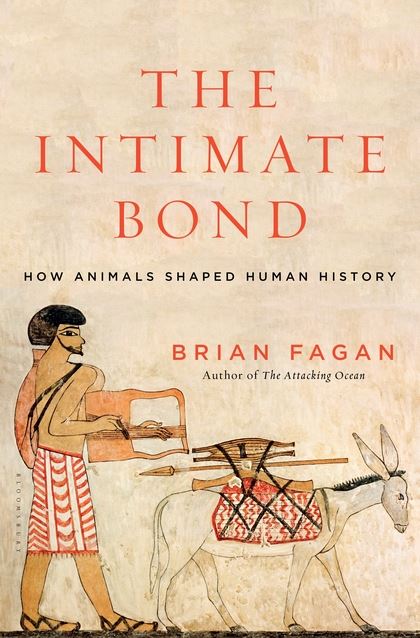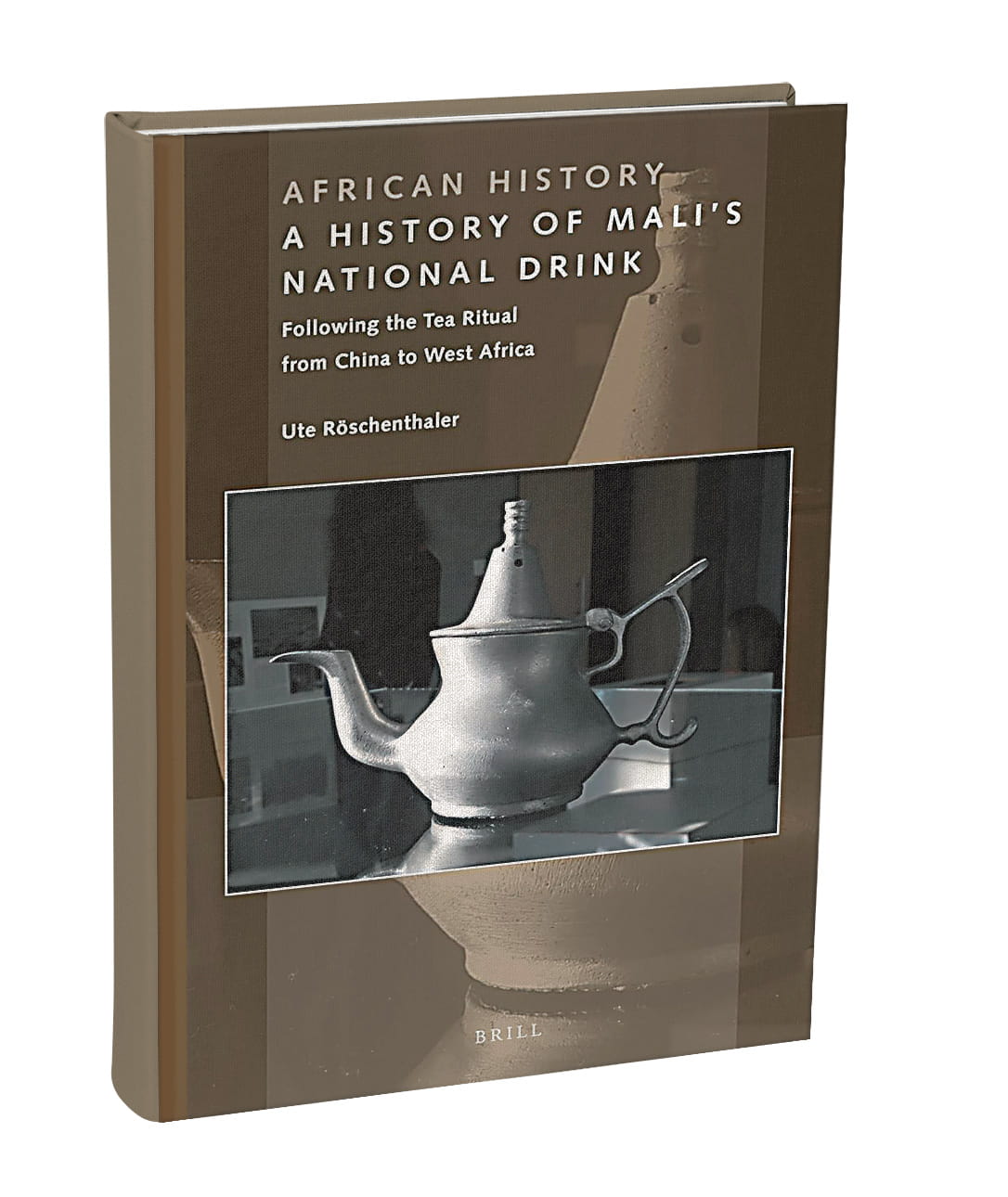
The Intimate Bond: How Animals Shaped Human History
Tom Verde
Brian Fagan.
2015, Bloomsbury Press, 978-1-62040-5-727, $28 hb.
“Few animals had a more profound effect on history” than the camel, says anthropologist Brian Fagan. It could carry twice as much as an ox, at twice the speed, and across greater distances than a donkey. Serving as a source of milk and as pack animals for nomads in the Arabian Peninsula as early as 3000 BCE, camels changed these people’s lives and those in Saharan Africa with the invention of the camel saddle, as early as 1500 BCE. The subsequent incense trade, with camels as the key conveyors, linked southern Arabia with the Greco-Roman world, facilitating the exchange of goods and ideas. Fagan’s study begins around 15,000 BCE, when humans domesticated dogs. Goats and sheep followed 5,000 years later in Southwest Asia and pigs came shortly after. Cattle were tamed around 9000 BCE in what is now Turkey. Donkeys, like camels, helped establish global markets. Beginning some 5,000 years ago Mesopotamians, Indo-Iranians, Hittites, Egyptians and Romans rose to power on the backs of and in chariots pulled by “the ass of foreign mountain countries,” as Mesopotamians described the horse.
You may also be interested in...

Green Tea in Mali: Culture Pours From Global Trade
In 2005, while attending a tea ceremony in Bamako, the capital of Mali, where serving tea punctuates daily life across courtyards, offices and roadside stalls, anthropologist Ute Röschenthaler realized that green tea had become more than a national drink.
Essays Unpack the Evolving Hajj and Umrah Experience
This volume of essays juxtaposes historical first-hand narratives of Hajj and Umrah journeys with oral interviews of contemporary pilgrims to show the transformative power of storytelling.